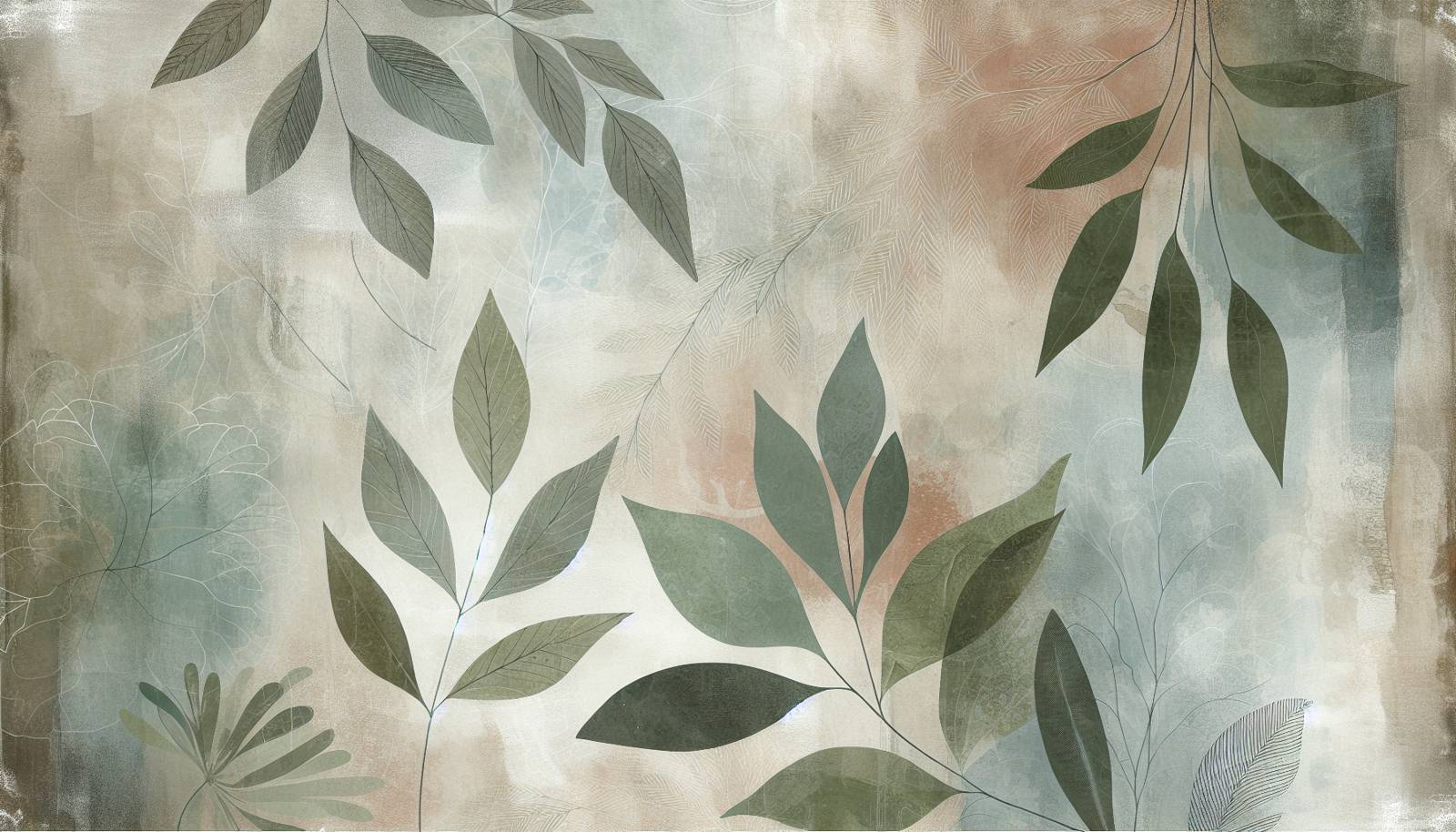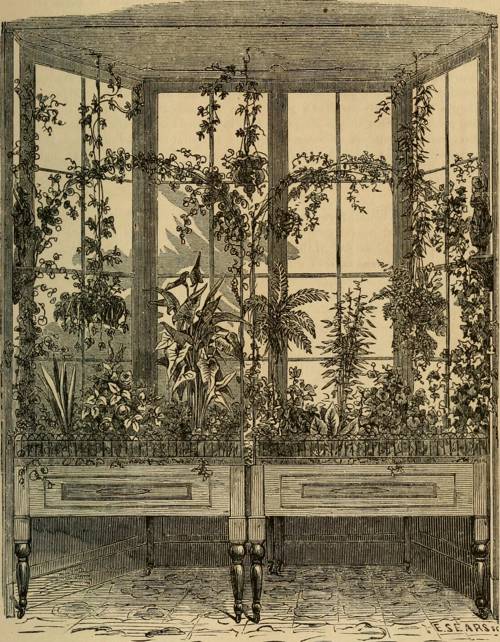
FAQ About Integrating Indoor Plants in Art and Aesthetics

How do indoor plants enhance the aesthetics of a room?
Indoor plants enhance the aesthetics of a room by adding natural beauty, texture, and color. They can improve the overall ambiance by creating a sense of tranquility and liveliness. Plants like ferns and succulents offer unique shapes and structures, providing contrast to traditional furnishings. Additionally, plants can serve as artistic focal points, drawing attention and sparking conversation.

What types of indoor plants are often used in artistic installations?
Various types of indoor plants are commonly used in artistic installations including succulents, ferns, and tropical plants like Monstera and Ficus. These plants are chosen for their unique shapes, sizes, and the textures of their leaves, which can add depth and interest to creative artworks. Their adaptability to indoor conditions also makes them ideal candidates for long-term installations.

Can indoor plants be harmful to art pieces?
Most indoor plants are not harmful to art pieces, but care must be taken to manage conditions like humidity and exposure to insects. Overwatering plants can increase humidity levels, potentially damaging sensitive artworks. Additionally, it is essential to ensure that plants do not obstruct or overshadow valuable art pieces where their growth could inadvertently cause damage.

What are some popular ways to incorporate plants into art?
Plants can be incorporated into art through vertical gardens, terrarium setups, and as part of mixed media installations. Artists might use hanging pots, wall-mounted plant holders, or complex structures that integrate plants directly into the artwork. These methods offer dynamic and evolving art pieces as plants grow and change over time.

How can I maintain indoor plants used in art installations?
Maintaining indoor plants in art installations requires regular watering, appropriate lighting, and occasional pruning. It is crucial to select plants that are well suited to the indoor climate conditions of the space, such as low-light tolerant species for dim areas. Using quality potting soil and ensuring proper drainage can also help maintain plant health.

Do indoor plants improve mood and productivity?
Yes, indoor plants have been shown to improve mood and productivity. Research suggests that being around nature can reduce stress and increase feelings of well-being. Plants also improve air quality, which can enhance concentration and cognitive function, contributing to a more productive environment.

Can art galleries benefit from incorporating indoor plants?
Art galleries can greatly benefit from incorporating indoor plants. They add a refreshing, natural contrast to traditionally stark gallery spaces and can complement the textures and colors of exhibited artworks. Moreover, plants can make visitors feel more relaxed and engaged, potentially enhancing their overall experience.

What is the best lighting for indoor plants in art displays?
The optimal lighting for indoor plants in art displays depends on the species of the plant. Generally, bright, indirect light is suitable for most indoor plants. However, it is important to note the specific light requirements; for instance, succulents often require more direct light, whereas ferns prefer indirect or even low light conditions. Artificial grow lights can also be used to supplement natural light.

How do indoor plants affect air quality in artistic spaces?
Indoor plants improve air quality by absorbing carbon dioxide and releasing oxygen. They can also filter out toxins such as formaldehyde and benzene, which are commonly found in indoor environments, thereby creating a healthier atmosphere in artistic spaces. Certain plants, like spider plants and rubber plants, are particularly known for their air-purifying qualities.

Are there any cultural or historical examples of integrating plants in art?
Yes, integrating plants in art has a rich cultural and historical background. For instance, ancient Roman frescoes often included depictions of lush gardens and foliage. In the modern era, installations such as Patrick Blanc's vertical gardens blend horticulture with contemporary art, transforming urban landscapes into living artworks.

What role do indoor plants play in eco-friendly art?
Indoor plants play a significant role in eco-friendly art by promoting sustainability and awareness of environmental issues. Artists use plants to create living sculptures and installations that highlight natural cycles and ecology. This can encourage viewers to think about their environmental impact and inspire more sustainable living practices.

Can indoor plants be used in all styles of artistic decor?
Yes, indoor plants can be adapted to suit virtually any style of artistic decor. From minimalist settings involving a single statement plant to maximalist designs with a diverse array of species, plants can complement and enhance a wide range of aesthetic preferences. Designers often select plant species based on their visual characteristics to match specific themes or color schemes.

What is biophilic design and how do plants fit into it?
Biophilic design is an architectural and interior design approach that incorporates natural elements to create a connection with the environment. Plants are central to biophilic design, as they bring elements of nature indoors, improve air quality, and foster a calming atmosphere. This design philosophy aims to blend the built environment with natural surroundings to enhance the overall human experience.

How can indoor plants be used to create a focal point in a room?
Indoor plants can create a focal point in a room by being strategically placed in key areas such as corners, entryways, or against plain walls. Large or unusually shaped plants, like fiddle leaf figs or snake plants, draw attention and add interest. Decorative pots and planters can further enhance their visual impact, making them standout features within a space.

Are there any specific design challenges when integrating plants with art?
One key design challenge is ensuring that the plants complement rather than distract from the art. Balancing the scale and proportion of the plants with the artworks is important to maintain harmony within the space. Additionally, logistical challenges such as ensuring adequate lighting and managing plant maintenance without disrupting the art display must be considered.

How can plants be used in creative installations?
Plants can be used in creative installations through imaginative arrangements like moss walls, plant sculptures, or interactive displays where plants respond to environmental changes. Artists often explore themes of growth and transformation by allowing plants to take natural courses, sometimes incorporating technology to alter aspects of the installation in real time.

What are the psychological benefits of having plants in artistic environments?
The presence of plants in artistic environments can have several psychological benefits, including reduced stress and enhanced creativity. Research indicates that exposure to natural elements can lower anxiety levels and promote positive emotions. This environment can stimulate creativity and provide a restorative effect, making art more engaging and enjoyable to experience.

Do plants need special care in heated or air-conditioned spaces used for art?
Yes, plants may require special care in heated or air-conditioned spaces, as these environments can alter humidity levels and airflow. It is important to monitor plant conditions closely, ensuring that they are not exposed to extreme temperature fluctuations or drafts. Increased watering and the use of humidifiers might be necessary to maintain optimal growing conditions for the plants.

What are living walls, and how are they used in art?
Living walls, also known as vertical gardens, are walls covered with various plants rooted into a structure that supports their growth. In art, living walls can serve as stunning backdrops for exhibitions or as interactive standalone pieces. They demonstrate the dynamic relationship between nature and design, often becoming an evolving piece of art as plants grow and bloom.

Can indoor plants contribute to the acoustics of an art space?
Indoor plants can positively influence the acoustics of an art space by absorbing, diffusing, and reflecting sounds. The leaves, stems, and soil in plant pots contribute to sound reduction, making the environment quieter and more pleasant. This effect is particularly beneficial in large or echo-prone spaces, enhancing the overall ambiance and visitor experience.
